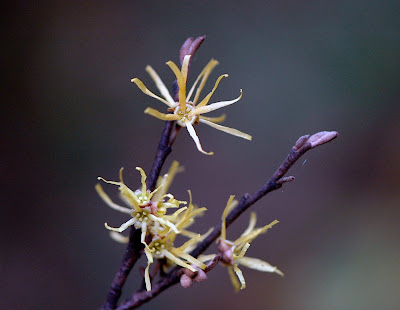Red Maple Acer rubrum, in a grove of Big-tooth Aspen, Populus grandidentata. I wish I had taken more shots like this, but the rest are just closeups. Photosynthesis is coming to a halt, and the true colors of the leaves are seeping through. These are all shots of woody plants found in our common oak-hickory and beech-maple forests.
Here's a series of Red Maple as it goes through its color changes.
While we may not be New England, we still have a lot to brag about in S.E. Ohio during foliage change. This is Sugar Maple, Acer saccharum. Though it is mostly known for its yellow color contribution, this maple will also have red tints.
Black Maple, Acer nigrum. Considered a valid species by some, and just a Sugar Maple variety by others. Either way, the colors of Black Maple can be striking.
Rainbow Sherbert anyone?
Smooth Sumac, Rhus glabra.
Winged Sumac, Rhus copallina.
Maple-leaf Viburnum, Viburnum acerifolium. Looking similar to Red Maple, these leaves are covered in soft velvety hairs. You can see those hairs on the leaf petiole. Viburnum fruits are drupes, not samaras, the papery winged fruit of maple.
Flowering Dogwood, Cornus florida.
Dewberry, Rubus sp. Dewberries are a type of Blackberry that grows along the ground rather than upright.
Sourwood, Oxydendrum arboreum. Sourwood leaves can be pink and orange as well as red. The margins on young saplings have fine serrations. On older plants, the leaves will be serrate only on the upper half.
Mockernut Hickory, Carya tomentosa.
Though not as bright as the maples, the oaks add their own shades of color to our hillsides. This is White Oak, Quercus alba.
Chestnut Oak, Quercus montana (prinus).
Black Oak, Quercus velutina.
Red Oak, Quercus rubra.
How about a little purple? This is Biltmore Ash, Fraxinus americana x biltmoreana. This is a green and white ash hybrid found on dry ridgetops. Green Ash leaves turn yellow in the fall, while White Ash turns purple.
Pawpaw, Asimina triloba.
Beech, Fagus grandifolia. I didn't know Pawpaw and Beech turned black in the fall? Well they don't. If you have followed the news, or my blog, you'll know this is the Black Sooty Mold, caused by the large outbreak of this years Tulip-tree Scale insect.
The oblique or uneven leaf bases and the stalked naked buds are visible on this Witch-hazel, Hamamelis virginiana. Those identification keys are overshadowed by the yellow flowers that bloom in October. These spider like petals add a "different" kind of yellow to the forest.
Protruding next to the flowers is this aphid gall common on Witch-hazel. The spiny points will separate it from the similar looking fruit capsule.







































I mowed that very same field earlier in the week, and found quite a few yearling walnut trees. Fast Growing Tree Nursery
ReplyDeleteThis is awesome. Thanks for this.
ReplyDelete